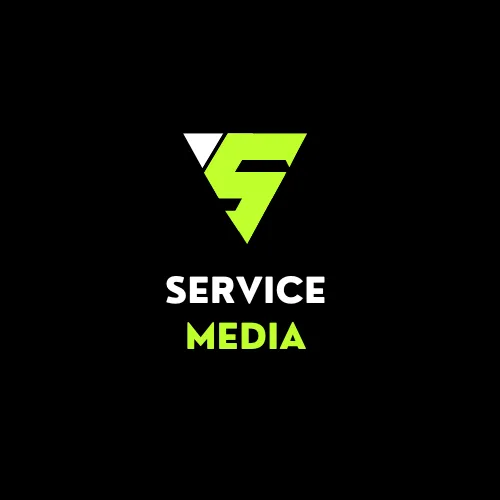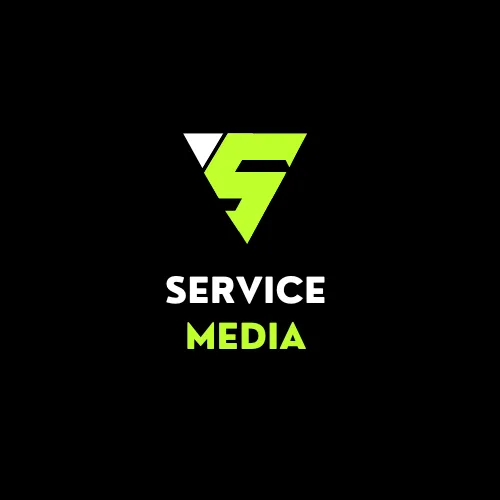Email Marketing Best Practices: Building Relationships That Convert

Email marketing remains one of the most effective digital marketing channels, delivering an average ROI of $42 for every $1 spent. However, success requires more than just sending promotional messages—it demands strategic planning, valuable content, and genuine relationship building with your subscribers.
Building Your Email List
A quality email list is the foundation of successful email marketing:
Lead Magnets
- Free guides, ebooks, and whitepapers
- Exclusive discounts and promotions
- Free trials and samples
- Webinars and online courses
- Templates and tools
Opt-in Forms
- Website pop-ups (exit-intent and timed)
- Inline forms within blog content
- Footer and sidebar forms
- Landing page forms
- Social media lead generation
List Building Best Practices
- Use double opt-in for quality subscribers
- Clearly communicate value proposition
- Set proper expectations for email frequency
- Make unsubscribing easy
- Segment subscribers from the start
Email Design and Content
Creating emails that engage and convert requires attention to both design and content:
Email Design Principles
- Mobile-responsive design
- Clear visual hierarchy
- Consistent branding
- Appropriate use of images and text
- Strong call-to-action buttons
Subject Line Optimization
- Keep it concise (30-50 characters)
- Create urgency or curiosity
- Personalize when appropriate
- Avoid spam trigger words
- A/B test different approaches
Content Strategy
- Provide value in every email
- Balance promotional and educational content
- Use storytelling to engage readers
- Include social proof and testimonials
- Maintain consistent brand voice
Email Types and Campaigns
Different email types serve different purposes in your marketing strategy:
Welcome Series
Introduce new subscribers to your brand and set expectations for future communications.
Newsletter
Regular updates with valuable content, industry news, and company updates.
Promotional Emails
Product launches, sales announcements, and special offers.
Educational Content
How-to guides, tips, and educational resources that provide value.
Re-engagement Campaigns
Win back inactive subscribers with special offers or content.
Segmentation and Personalization
Targeted emails perform significantly better than generic broadcasts:
Segmentation Strategies
- Demographics (age, location, gender)
- Behavior (purchase history, website activity)
- Preferences (content interests, frequency)
- Lifecycle stage (new subscriber, customer, advocate)
- Engagement level (active, inactive, highly engaged)
Personalization Techniques
- Use subscriber names in subject lines and content
- Recommend products based on past purchases
- Send birthday and anniversary emails
- Customize content based on preferences
- Use dynamic content for different segments
Automation and Workflows
Email automation saves time while delivering timely, relevant messages:
Welcome Automation
Automatically send a series of emails to new subscribers over several days or weeks.
Abandoned Cart Recovery
Remind customers about items left in their shopping cart with compelling offers.
Post-Purchase Follow-up
Thank customers, provide order updates, and encourage reviews or repeat purchases.
Birthday and Anniversary Campaigns
Celebrate special occasions with personalized offers and messages.
Re-engagement Sequences
Automatically identify and target inactive subscribers with special content or offers.
Deliverability Optimization
Ensure your emails reach subscribers' inboxes:
Sender Reputation
- Use a consistent "from" name and email address
- Authenticate your domain with SPF, DKIM, and DMARC
- Maintain low complaint rates
- Monitor blacklist status
- Gradually increase sending volume
List Hygiene
- Regularly remove inactive subscribers
- Use double opt-in to ensure quality
- Monitor bounce rates and remove invalid emails
- Implement re-engagement campaigns before removing subscribers
- Respect unsubscribe requests immediately
Measuring Email Marketing Success
Track key metrics to optimize your email marketing performance:
Key Performance Indicators
- Open Rate: Percentage of recipients who open your email
- Click-Through Rate: Percentage who click links in your email
- Conversion Rate: Percentage who complete desired actions
- Unsubscribe Rate: Percentage who opt out
- Revenue per Email: Total revenue divided by emails sent
Testing and Optimization
- A/B test subject lines, content, and send times
- Test different email designs and layouts
- Experiment with call-to-action placement and wording
- Try different personalization approaches
- Test email frequency and timing
Compliance and Best Practices
Follow legal requirements and industry best practices:
Legal Compliance
- Include clear unsubscribe links
- Provide your physical address
- Honor unsubscribe requests promptly
- Follow GDPR and other privacy regulations
- Only email people who have opted in
Ethical Practices
- Be transparent about email frequency
- Provide genuine value in every email
- Respect subscriber preferences
- Maintain consistent sending schedules
- Focus on building relationships, not just sales
Conclusion
Successful email marketing is about building genuine relationships with your subscribers by providing consistent value, relevant content, and personalized experiences. By focusing on list quality over quantity, creating engaging content, and continuously optimizing based on data, you can build an email marketing program that drives significant business results while fostering long-term customer loyalty.
